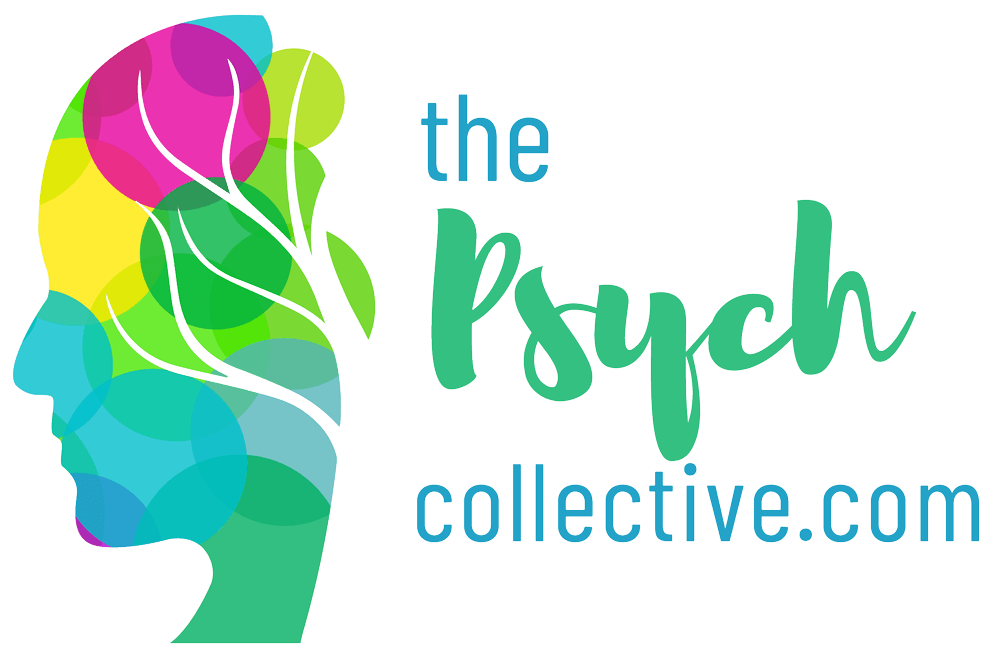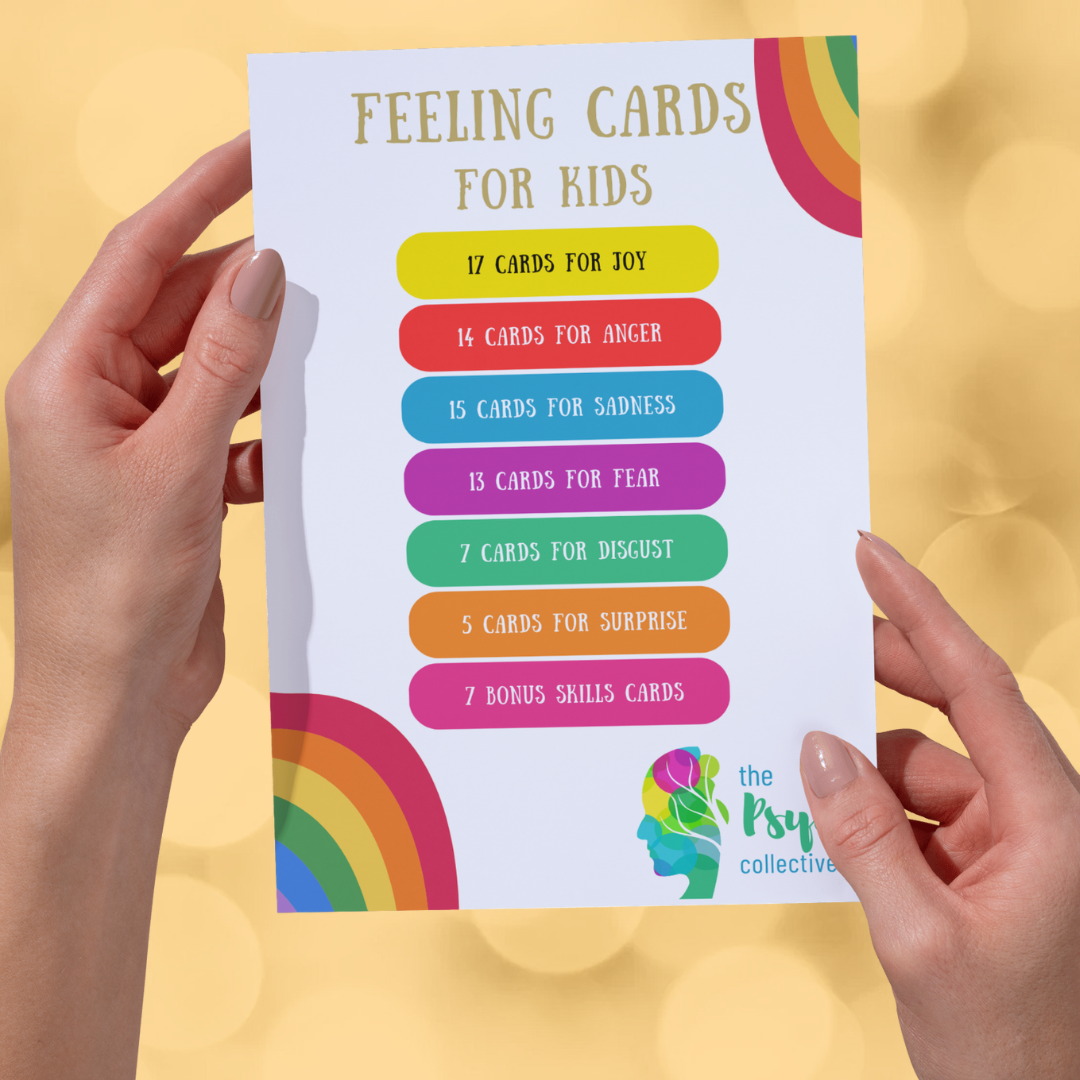Bully Attack Mode
Have you ever found yourself in a situation where someone's behaviour made you feel uncomfortable or threatened? Or did you witness someone else experiencing distress due to the actions of another? It can be a distressing experience, but understanding the underlying reasons behind this behaviour is key to addressing it effectively.
In this blog, we'll explore the psychological roots and effects of bully attack mode, offering insights and strategies to help readers address bullying in their lives and communities. By delving into the root causes, we can learn how to handle conflict gracefully and navigate challenging situations with confidence and dignity.

Who Are Schemers?
Schemers are individuals who resort to bully attack mode as a defence mechanism. They are the ones who want to be perceived as intimidating, threatening, and untouchable. Behind this facade lies a deep-seated insecurity, a fear of being perceived as weak or vulnerable. Rather than confronting their own issues head-on, they choose to project their insecurities onto others through acts of aggression.
Understanding the Triggers Behind Bully Attack Mode
Understanding the triggers behind bully attack mode is crucial in dissecting this complex behaviour. Often, it stems from a sense of entitlement and a distorted perception of power dynamics. These individuals think they have to control everything around them because they're afraid to be perceived as weak. As a result, they lash out at others before they themselves feel vulnerable.
Crossover: Establishing Boundaries and Respect
Boundaries show where one person's space starts and another's ends. In human interactions, respecting boundaries means not treating people badly or aggressively. However, bully attack mode crosses these boundaries as it violates the fundamental principles of respect and dignity. Hence, it is important to recognise that such behaviour is unacceptable and must be addressed.
Healthy Adult: Navigating Conflict with Grace
Contrary to bully attack mode, a healthy adult approach involves navigating conflict with grace and maturity. It acknowledges that disagreements are inevitable but emphasises the importance of resolving them through constructive dialogue and mutual respect. A graceful exit from a situation that is escalating or becoming toxic signifies emotional intelligence. It's about recognising when a situation is no longer conducive to positive outcomes and choosing to disengage before irreparable damage is done.
Making Our Own Choices
Confronting bully attack mode requires individuals to make choices. This involves deciding what behaviour they are okay with and standing up for their right to be treated well. While conflict resolution is ideal, if one is at risk of harm, they have the right to remove themselves from the situation. Feeling empowered means realising that you are in charge of your own decisions and not allowing someone else's problems to make you feel like you're helpless or a victim.
Takeaway
Bully attack mode is a manifestation of deeper psychological issues that may involve entitlement, mistrust, and abuse schemes. It reflects an inability to confront one's vulnerabilities and tends to react aggressively to protect themselves.
By understanding the motivations behind this behaviour and asserting boundaries, individuals can minimise its impact and foster healthier relationships built on mutual respect and understanding. After all, individuals who are emotionally healthy don't resort to bullying. Instead, they are open to vulnerability and handle conflicts with understanding and maturity.
To download our complete set of worksheets, click
here.
Share
Categories
About Our Resources
We offer actionable resources and teach real skills to help people make meaningful change in managing mental health issues through different modes depending on people's learning preferences including infographics, text, worksheets, handouts and video.












